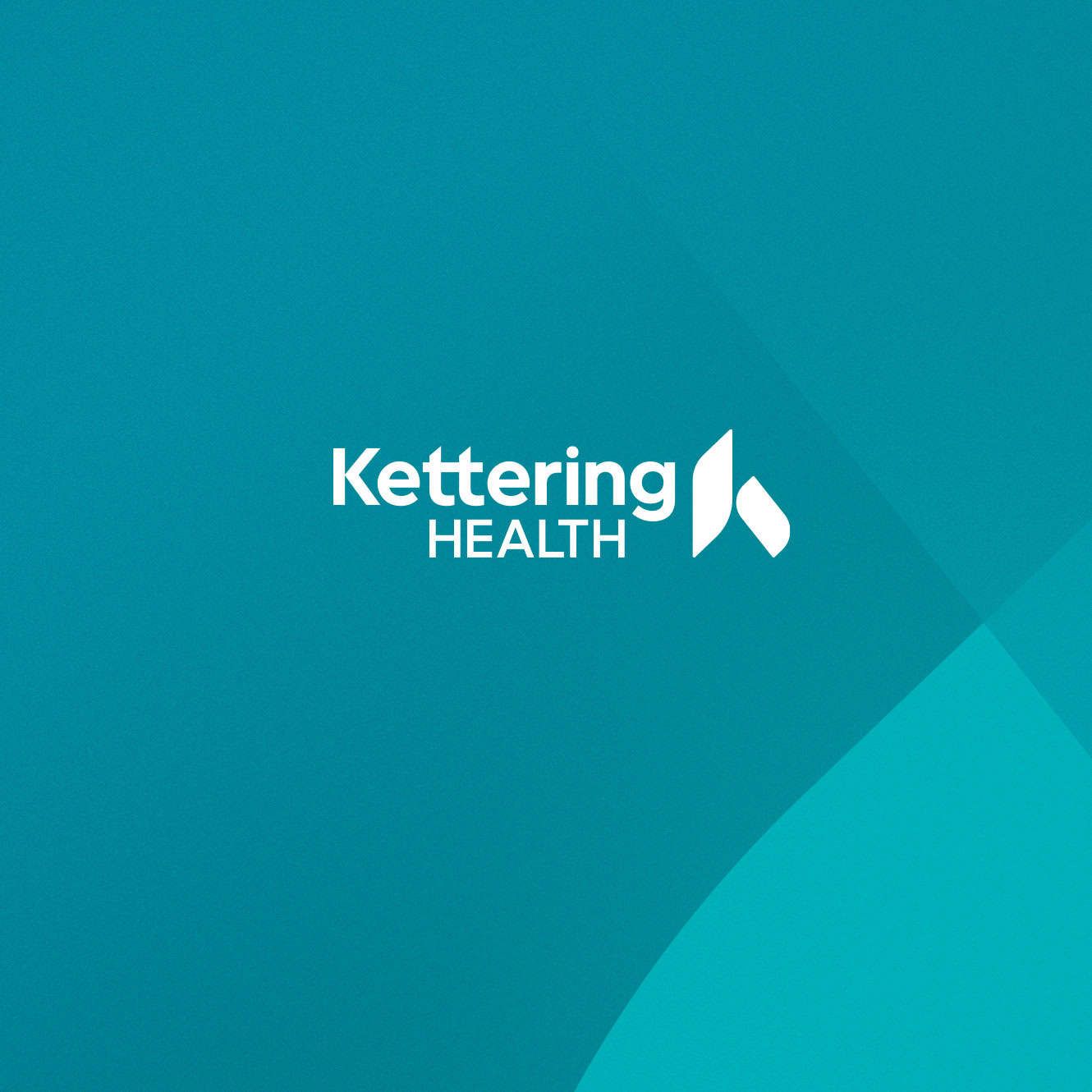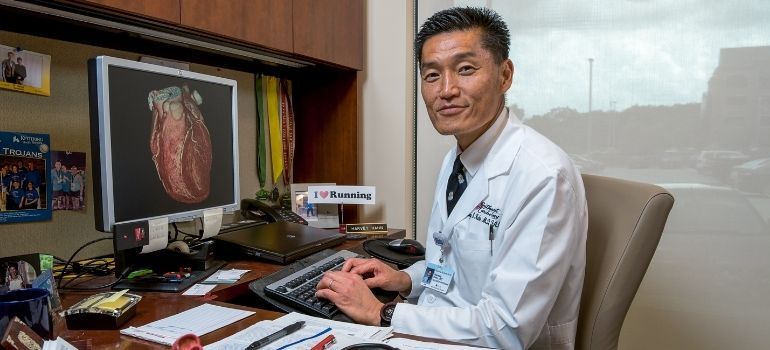- Heart and Vascular Care
-
Programs & Treatments
- Angioplasty
- Arrhythmia Care
- Cardio-Oncology Program
- Cardiology Program
- Coronary Artery Bypass Graft (CABG)
- Endovascular Aortic Repair (EVAR)
- Heart Ablation
- Heart Disease in Women
- Heart Disease Prevention
- Heart Failure Program
- Heart Screenings
- Heart Surgery
- Heart Testing
- Lipid Management Program
- Mechanical Circulatory Support
- Mitral Valve Surgery
- Pacemakers and ICDs
- Structural Heart Clinic
- Transcatheter Aortic Valve Replacement (TAVR)
- Vascular Surgery
- WATCHMAN™ Procedure
- Heart Surgery Patient Guide
- Locations
- Support Services
- Team
- Heart Risk Quiz
What is Endovascular Aortic Repair (EVAR)?
Endovascular aortic repair (EVAR) treats a critically weakened and bulging artery in the abdomen (abdominal aortic aneurysm).
Your Kettering Health team includes a vascular surgeon and cardiovascular specialist with special expertise in this advanced, life-saving procedure.
What Should I Know About EVAR?
Endovascular aortic repair fixes abdominal aortic aneurysms that pose a danger if left untreated.
We use ultrasound technology to diagnose and measure aneurysms. An aneurysm that is two inches or more in size typically requires surgery.
Abdominal Aortic Aneurysm
An abdominal aortic aneurysm is a condition in which the walls of the main abdominal artery weaken and bulge. Left untreated, the artery can burst or tear, causing life-threatening bleeding.
Aneurysms may be caused by
- Genetic changes (mutations) that are passed down in families (inherited)
- High blood pressure
- Infection
- Injury to the abdomen
- Narrowed or clogged arteries (atherosclerosis)
- Smoking
Endovascular Aortic Repair Procedure
Your surgeon considers the size and location of your aneurysm to determine whether to perform a traditional (open surgery) or minimally invasive surgery.
In minimally invasive procedures, surgeons insert a catheter (soft hollow tube) into the leg, threading it to the abdomen. Then they guide a stent (thin mesh tube) through the catheter into the area of the aneurysm.
The stent strengthens the artery to protect it from bursting or tearing. A short hospital stay is usually required to ensure proper recovery.





